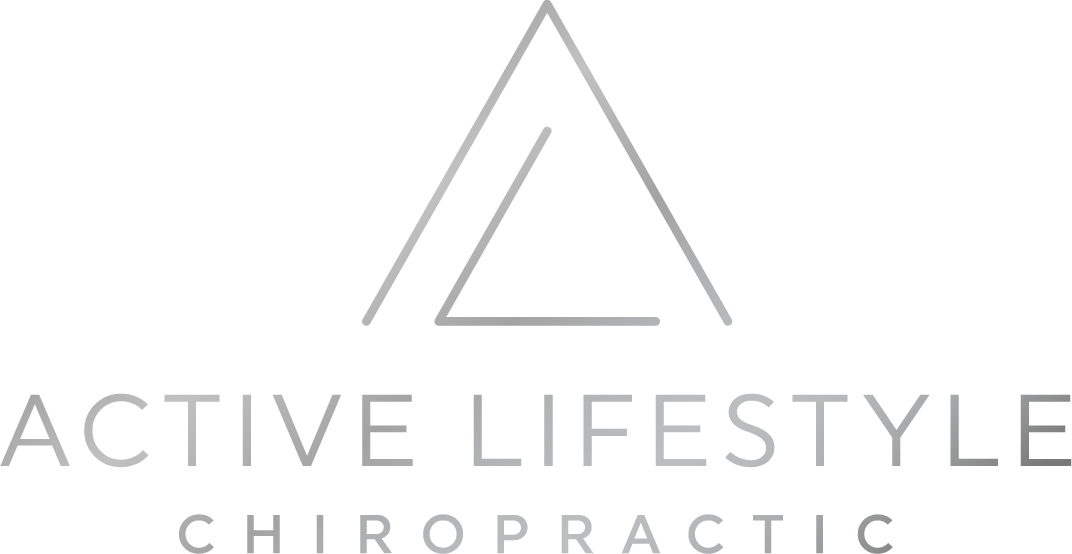Everyone Talks About the Core but What Exactly is It?
When we say core, we mean more than just abs
When it comes to fitness and overall well-being, one area often overlooked is core strength. Your core serves as the foundation for nearly every movement your body makes, from picking up groceries to performing advanced yoga poses. Understanding your core and how to strengthen it is key to maintaining a healthy, functional body.
The Core: More Than Just Abs
First, let's clarify what we mean by "the core." Many people equate the core with having six-pack abs, but it's far more than that. Imagine your core as a soda can. This can has four walls:
#1: the front (rectus abdominis)
#2: the sides (internal and external obliques)
#3: the back (erector spinae), and
#4: the bottom (pelvic floor).
Of course every can has a top, and when it comes to the core, that top is your diaphram. Yes the muscle associated with breathing!
Each of these "walls" plays a crucial role in stabilizing your spine and pelvis, supporting your internal organs, and transferring force between your upper and lower body. Neglecting any of these components can lead to imbalances, poor posture, and even chronic pain.
The Soda Can Analogy
Think of your core as a sealed soda can. When it's properly pressurized, it's strong and stable. But if you dent one side or create a hole, it loses its integrity. The same goes for your core; imbalances or weaknesses in any of the four walls can lead to instability and potential injury.
Diaphragmatic Breathing: The Core's Secret Weapon
One of the most effective ways to strengthen your core is through diaphragmatic breathing. This technique involves deep breaths that engage the diaphragm, which not only improves lung function but also acts as a natural corset for your core.
To practice diaphragmatic breathing: Lie on your back with your knees bent. Place one hand on your chest and the other on your abdomen. Inhale deeply through your nose, allowing your abdomen to rise as your diaphragm contracts. Exhale slowly through your mouth, feeling your abdomen fall. Repeat this for several breaths daily to improve core stability.
Tip: Keeping one hand on your chest and one had on your belly can help you make the connection by keeping track which hand is rising with inhalation and expiration.
Core Bracing: Activating Your Core Muscles
Another essential aspect of core strength is core bracing. This technique involves engaging all four walls of your core to provide stability and support during movement. To practice core bracing, stand tall with your feet hip-width apart. Imagine drawing your navel toward your spine without holding your breath. This activates your transverse abdominis, the deep abdominal muscle responsible for stabilizing your core. You’ll often hear this muscle referred to as the TVA or you may even hear me say it, but this muscle is the key to stabilizing that core and protecting it!!
Strengthening Your Core
Strengthening your core requires a combination of exercises that target each of the four walls. Incorporate exercises like planks, side planks, dead bugs, and bridges into your routine. Gradually increase the duration and intensity as your core grows stronger.
Remember, core doesn’t mean crunches only. In fact neutral spine exercises like the one listed are much more beneficial. Additionally, learning how to engage that TVA through proper breathing will help strengthen that core.
Conclusion
A powerful core is the secret to better posture, enhanced athletic performance, and reduced risk of injury. By understanding the four walls of your core, practicing diaphragmatic breathing, and incorporating core bracing and strengthening exercises into your routine, you can unlock your core's full potential and really help protect that spine.

